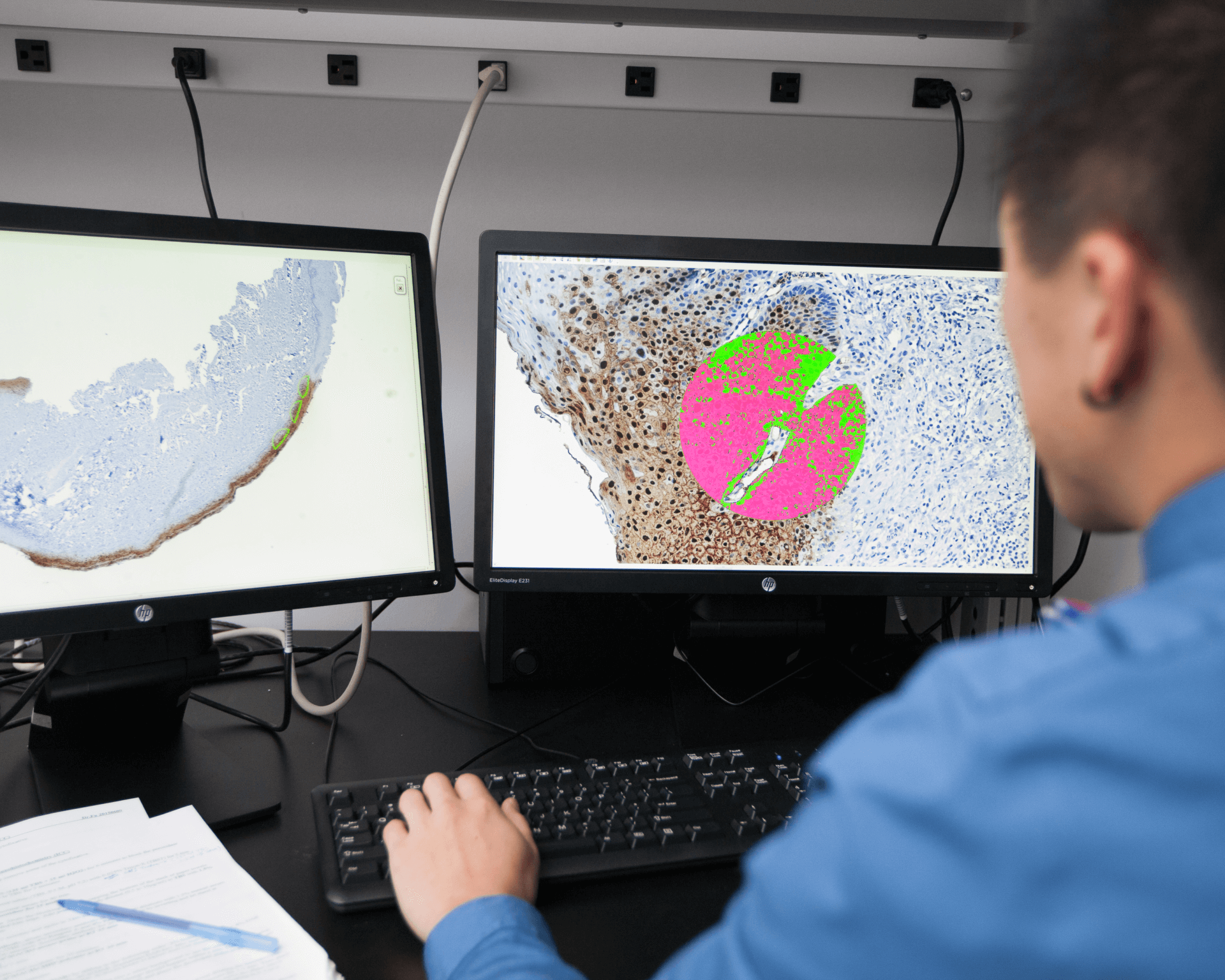
How Technology Can Solve The NHS’ Annual Winter Crisis
Rohit Patni, CEO and co-founder, WeMa discusses how the winter crisis can be helped by the use of technology, and how this could also encourage patients to adopt healthier lifestyles.
Recruitment problems, resource shortages, a lack of beds and increased demand from patients have made the winter period a time of crisis for the NHS. However, rather this being a one-off event, the Winter Crisis has become an annual occurrence.
Throughout January 2018, figures from the Department of Health’s weekly Winter Situation Report have made for bleak headlines in the national papers. Even though NHS staff are working tirelessly in tough conditions, the report shows that patient care has been at risk. Rather than patients going to the closest hospital to them, this year A&E services have had to divert patients to other hospitals on 20 separate occasions. Those who have been fortunate to receive care from their closest hospital have been at risk of being tended to by ambulance crews for half an hour or more, rather than being treated by a doctor or nurse straight away, with 11,000 patients experiencing this during the last month alone.
The strain to the NHS is not easy to hear. But the Winter Crisis does not need to be an annual event.
Although the obvious solution to stop the on-going crisis is funding, this is only a short-term fix. The cost of GPs, hospital staffs and A&E departments is significant, and the increased strains from an ageing population mean that these services are only going to get more expensive as we hire more nurses and doctors to cope. Therefore, at a time of budget cuts, we need to rethink how the health service is run and focus more on preventive measures and improve out-of-hospital care options.
The rise of technological innovation in our daily lives provides us with a solution. Research into wearable technology and the creation of new apps to diagnose problems is at the forefront of a HealthTech revolution in preventive care.
However, HealthTech is not just wearable tech; within social care HealthTech companies have created online platforms for people to source, compare and schedule private healthcare services in the home. In the long-term, this helps to alleviate the need for hospitals and ambulance services by making the first point of contact in the home. Indeed, by improving both preventative and domiciliary care, issues can be identified and resolved without the need for acute care from the NHS.
With the current Winter Crisis likely to continue for many more weeks yet, and the next one being anticipated for the same time next year, HealthTech is needed to cope with future demands. Rather than hoping for increased funding as a short-term fix, technology has opened the doors to a new approach to healthcare, with the patient empowered to take charge of their own wellbeing.
Online platforms, wearable tech and the use of apps to diagnose or overcome problems mean that we can manage our domestic care before it worsens. The focus on preventive care measures from technological advancements means that patients will be able to lessen the impact that they have on the NHS and be able to solve problems before they arise.

















